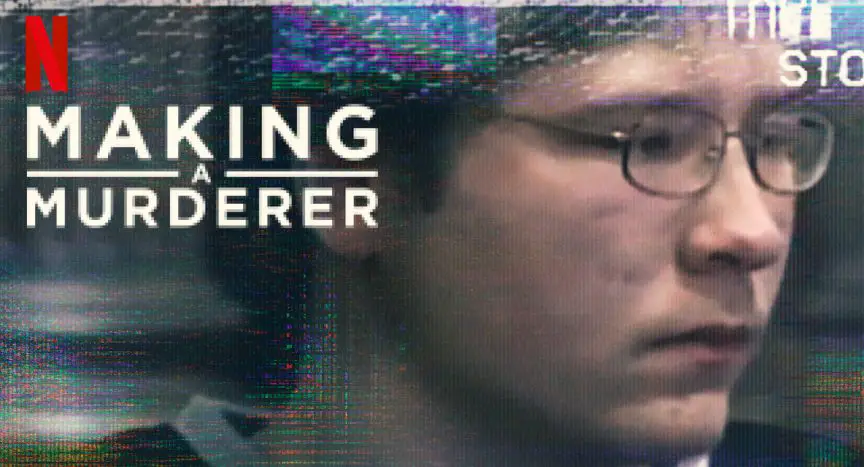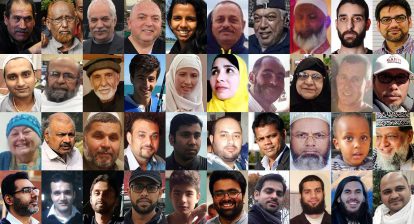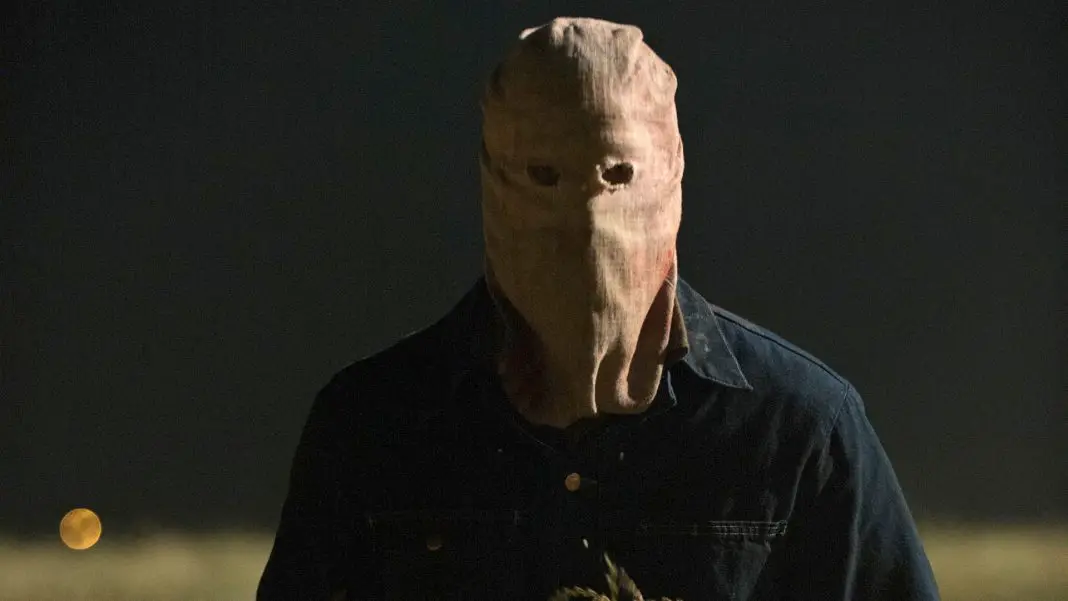Victims and those accused of crimes both pay the price in mishandled criminal cases. Investigations can fall apart due to damaged evidence, planted evidence, corrupt police officers, crucial steps left out of the investigation, and even perjury in court. The actions surrounding some of these well-known investigations have evidence of corruption and broken procedural protocols. They highlight systemic problems within the court system and police departments, as well as point out unethical behavior. Some of the below high-profile cases were badly mishandled. Read on for details.
Brendan Dassey from Making a Murderer
Making a Murderer, a docu-series released in 2016 captivated the nation and still remain a topic of discussion. The series follows the story of Steven Avery and Brendan Dassey from Manitowoc County, Wisconsin, and their alleged involvement with the murder of photographer, Teresa Halbach in 2005. Halbach went missing after visiting Avery’s auto salvage yard to photograph a vehicle for Auto Trader. As an investigation went underway, her car was found on Steven’s property along with her burned bone fragments. Steven’s blood was also discovered on her car. There were many inconsistencies in the investigation with Avery as the prime suspect. However, one of the greatest misses in this case became apparent when Steven’s nephew, Brendan Dassey, was interviewed by the police.
During questioning, Dassey confessed to being involved with Teresa’s murder. When Brendan was in the interview room, policemen appeared to berate and intimidate him into a false confession. Brendan, a scared teenager with developmental delays, was videotaped during his confession. The tape is frustrating to watch since he was a minor at the time and his parents had not given proper approval for him to be questioned.
When Brendan wasn’t giving officers the information they needed for the case to match Steven as the murderer, they would seemingly feed him information that fit the scene of the crime. They used deceptive tactics and placed him at the scene of the crime without him confessing. Brendan felt emotionally conflicted and that the police tricked him into confessing with the false promise of being released. He confessed details that didn’t match the murder and would change his story multiple times to fit the narrative the officers needed for an arrest. Due to his alleged false confession, he has been in jail for 13 years. This investigation was absolute chaos due to the irregularities of the confession and abusive interrogation tactics from the police.

Also See: Wicked Horror Halloween Special: Exploring the Myth Behind Poisoned Halloween Candy
Nick Hillary from Who Killed Garrett Phillips?
In Potsdam, NY, Oral “Nick” Hillary became the prime suspect in the murder of 12-year-old, Garrett Phillips. Hillary was the ex-boyfriend of Tandy Cyrus, Garrett’s mother, and the two reportedly ended the relationship amicably. Garrett’s body was found in his home after neighbors heard a commotion coming from the other side of their apartment wall. Hillary willingly went to the police station for an interview and they told him he could leave at any time during the questioning.
As Hillary instructs the officers he needs to leave for work, the investigators proceeded to block him from the door. The questioning became hostile as they began to strip search him without a warrant. Hillary tried to make a few phone calls for help but the officers proceeded to keep him from calling people and took away his phone. No other suspects were subjected to that kind of questioning. The only evidence the police obtained, was Hillary’s car heading in the same direction as Garrett’s home during the time of the murder. Even though there wasn’t sufficient evidence tying him to the crime, Hillary was charged with second-degree murder. He was eventually acquitted but he lost his job and his reputation was destroyed. More importantly, Garrett’s real murderer was never brought to justice.

Gabriel Fernandez from The Trials of Gabriel Fernandez
One of the most frustrating and heartbreaking docu-series in recent memory was The Trials of Gabriel Fernandez. Gabriel Fernandez, an 8-year-old boy, was found dead with multiple trauma wounds on March 22, 2013. His parents were both charged and convicted of murdering Gabriel due to signs of abuse. As this case is extremely sensitive, investigators knew they needed a thorough investigation. What is unusual about the case is that all the necessary information for an investigation was available to police and social workers prior to Gabriel’s death. The Trials of Gabriel Fernandez, released in February 2020, details the wrongdoings of the police, school system, social services and how each failed to protect Gabriel from his abusive parents.
Beyond charging the parents, employees from the Los Angeles County Department of Children and Family Services (DCFS) were charged since they had all the information to remove him from the household. Employees from DCFS, were aware of Gabriel’s case as they had received previous abuse notifications and didn’t offer any assistance to Gabriel. They neglected to even talk to Gabriel and relied on the parents for information. The police never removed him from the home and his teacher reported multiple trauma wounds on his body to social services but no action was ever taken. This case had all the necessary tools to prevent Gabriel’s murder but ultimately failed and points out a huge problem within the Los Angeles County Department of Children and Family Services.

Marisela Escobado from The Three Deaths of Marisela Escobado
One of the newest crime documentaries on Netflix examines the murder of a young Mexican girl and her mother, Marisela Escobedo. In 2008, 16-year-old, Rubi Frayre was murdered by her husband, Sergio Rafael Barraza Bocanegra. From the start of her disappearance, the police botched the investigation and the family took matters into their own hands. They began questioning people, talking to neighbors, and trying to find answers. When a witness came forward, they disclosed that Sergio disposed of Rubi’s burned remains in a landfill.
As Sergio was charged with the crime, he confessed to killing Rubi in court and even apologized. To everyone’s surprise, Sergio was found not guilty as the judges felt that confessions weren’t considered “proof.” After the trial, everything takes a heavy turn. Marisela and her family’s reactions in court proved that they were out for justice and nothing was going to stop them until Sergio was behind bars.
Sergio was later convicted on appeal but by then he fled to another part of Mexico. The family kept their tireless pursuit to find him and put him in jail. Police in other cities were given notice about Sergio’s warrant but didn’t search for him until Marisela’s family put up a reward for his arrest. The family took caution when they discovered that Sergio had joined Los Zetas, a powerful cartel in Mexico.
Marisela wanted justice for her daughter and to expose the corruption of the crimes within Ciudad, Juárez. She spoke with the governor at the time, César Duarte, and asked for help to find Sergio. To further gain the government’s attention, Marisela slept in her car outside the Government Palace, in the state capital of Chihuahua City. She gained attention from all over Mexico through protests and petitions.
Sadly, she was gunned down and killed in front of the Government Palace on December 16, 2010. An arrest was made after the outrage of her death and the suspect, José Enrique Jiménez Zavala, was put in jail. However, Marisela’s brother, Ricardo said Jose wasn’t the man that killed her and they should focus on Sergio’s brother as the murderer. Jose was convicted and later found dead in his cell in a maximum-security prison. This case highlights the systemic corruption and violence against women in Mexico.
Also See: Eight Terrific, Totally Unexpected Performances in Horror

Damien Echols, Jessie Misskelley Jr., and Jason Baldwin from The West Memphis Three
Damien Echols, Jessie Misskelley Jr., and Jason Baldwin were prosecuted and convicted of murdering three eight-year-old boys. In 1993 in West Memphis, Arkansas, Steve Branch, Michael Moore, and Christopher Byers were reported missing after last seen riding on their bikes. Their bodies were found in a creek by their hometown and showed evidence of severe torture. Fingers were immediately pointed at the three teenagers, Damien, Jessie, and Jason since they listened to Metallica, dressed in black, and were seen as outsiders by the town. The investigation was focused on them as the suspects because the police believed the killing was linked to a Satanic ritual.
Jessie, diagnosed as disabled, was interviewed by the police without his parents’ permission and without fully understanding his Miranda rights. It led to a coerced confession and Jessie was put on trial separately from Jason and Damien. The investigation focused heavily on their odd reputations and dark “preferences.” In Jason and Damien’s trial, they were found guilty on three counts of murder. On top of an odd trial, the police botched the investigation. DNA from the crime scene didn’t match the accused, evidence was tainted, and police even pointed the fingers at the kids before formally investigating.
In 2010, DNA was finally tested and the three accused entered an Alford Plea in which they all accepted responsibility but still asserted their innocence. Damien, Jessie, and Jason were in jail for 18 years. They spent nearly two decades in prison because they were seen as outsiders and they were easy to blame. As if this case isn’t horrible enough for the accused, the eight-year-old boys may never have justice as their murderer is still on the loose. Since this case gains traction every few years, I hope it will eventually be thoroughly investigated and the murderer brought to justice.








